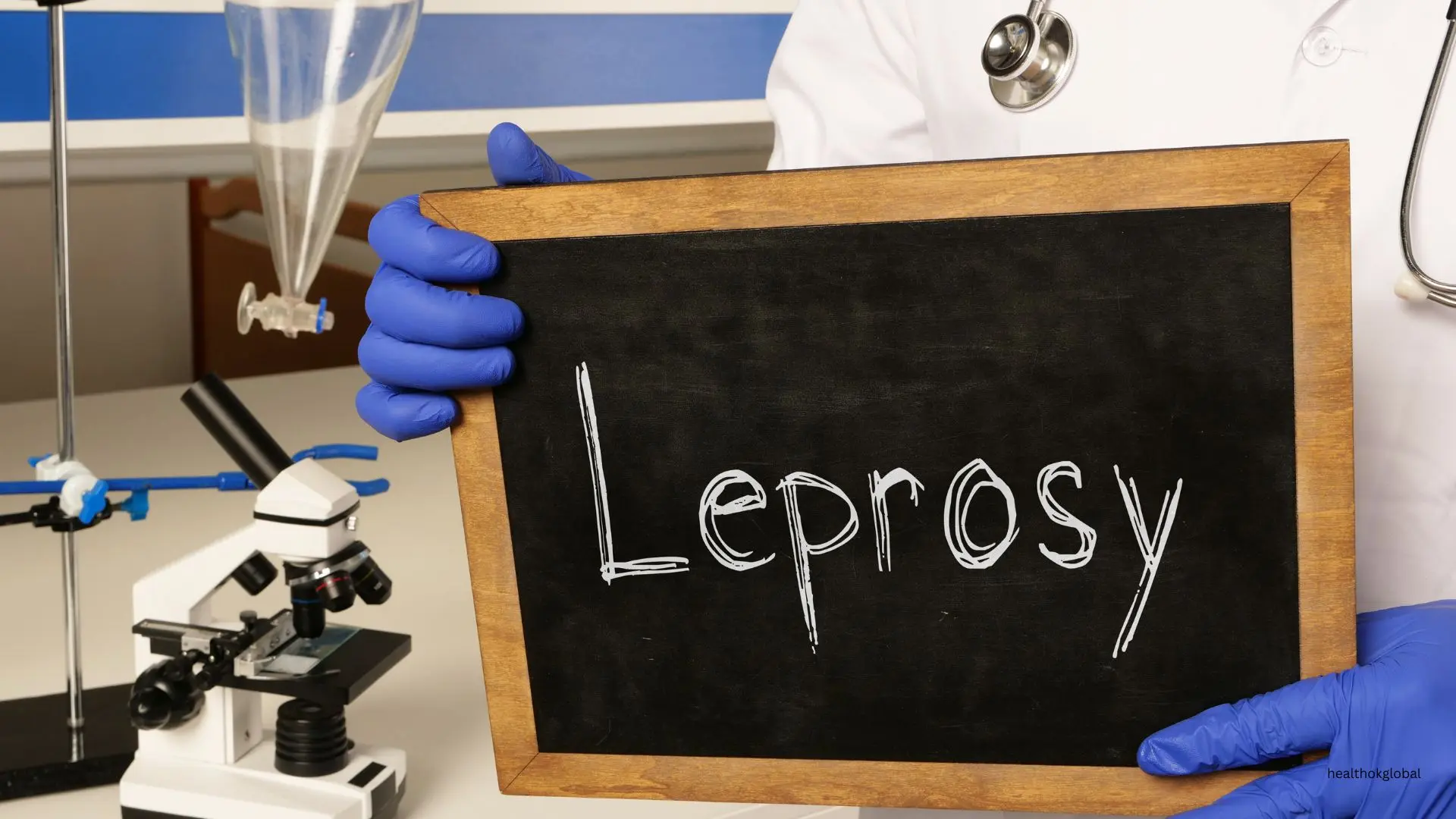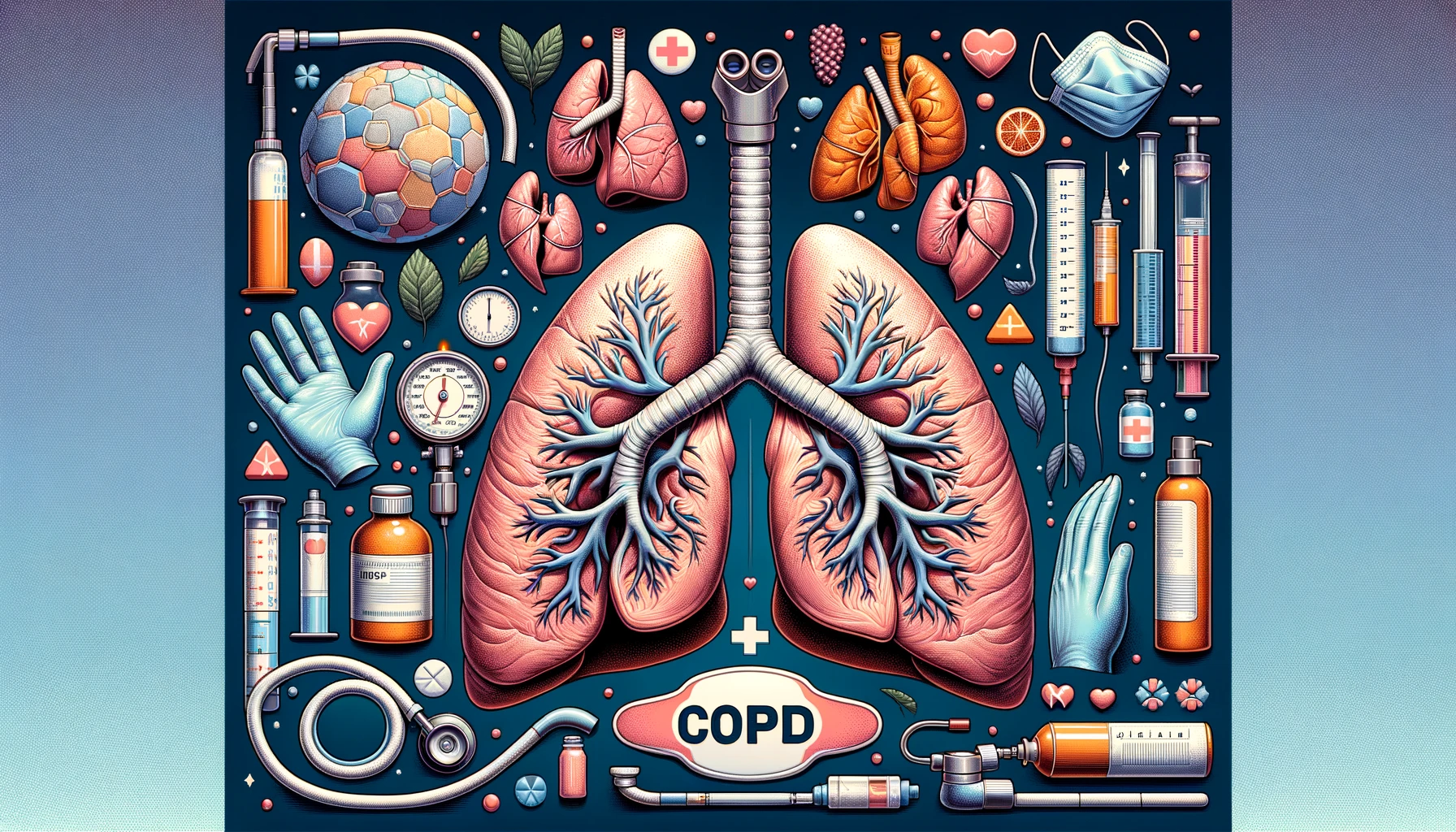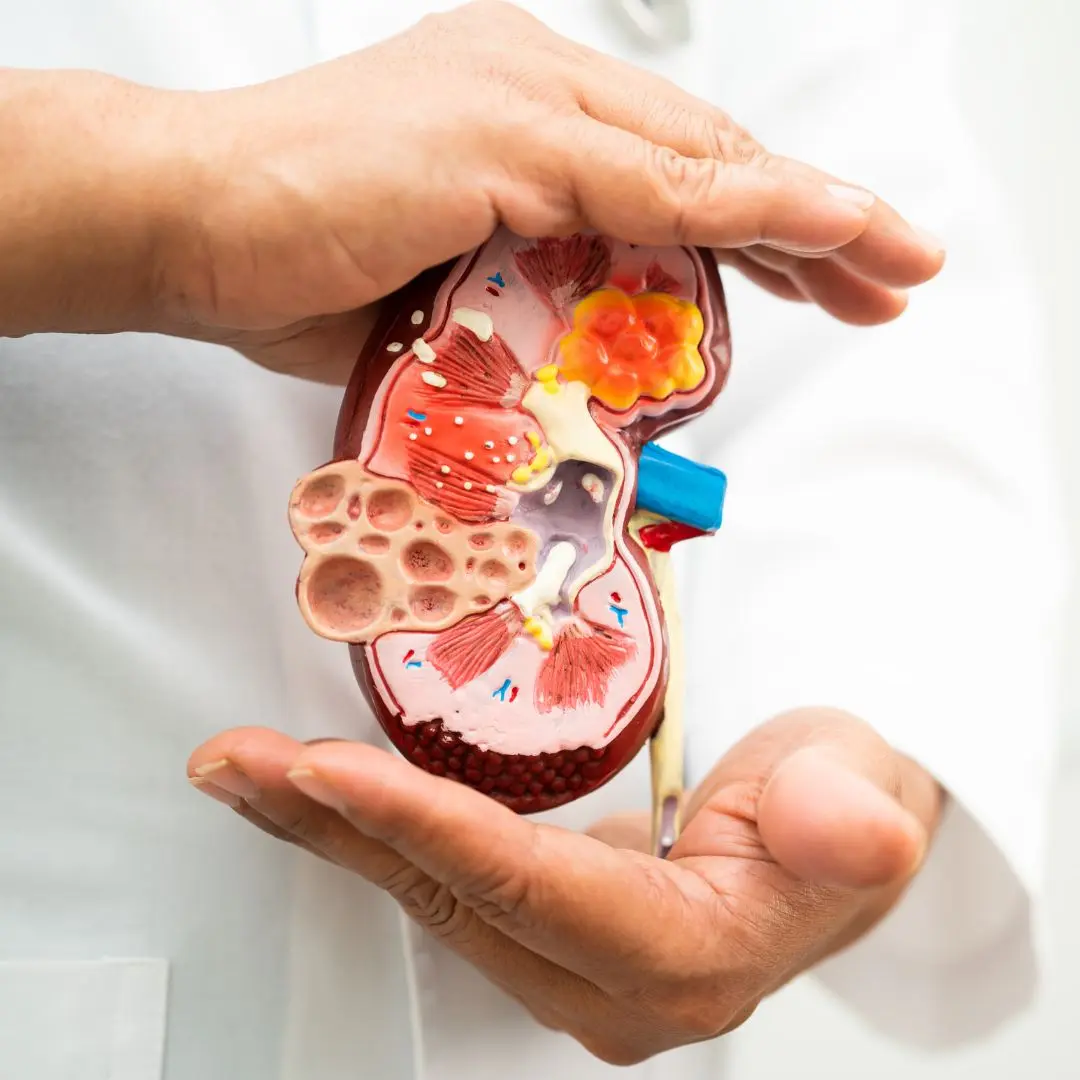Leprosy, also known as Hansen's disease, is a chronic infectious disease caused by Mycobacterium leprae.

Blog
Comprehensive Guide to the Pathophysiology of Leprosy
Leprosy, also known as Hansen's disease, is a chronic infectious disease caused by Mycobacterium leprae. It primarily affects the skin, peripheral nerves, upper respiratory tract, and eyes. Understanding the pathophysiology of leprosy is crucial for effective diagnosis, treatment, and management. This guide provides essential insights into the mechanisms of leprosy and its impact on the body.
Leprosy is a slowly progressive disease that can cause significant disability and deformity if left untreated. It is transmitted through prolonged close contact with an infected person, typically via respiratory droplets. The incubation period can range from a few months to several years, making early detection and treatment challenging.
Leprosy is caused by Mycobacterium leprae, an obligate intracellular bacterium. The pathogenesis of leprosy involves the following key steps:
M. leprae enters the body through the respiratory tract or broken skin. It primarily infects macrophages and Schwann cells in the peripheral nerves.
The body's immune response to M. leprae determines the clinical presentation of leprosy. A strong cell-mediated immune response results in tuberculoid leprosy, while a weak response leads to lepromatous leprosy.
M. leprae multiplies slowly within the host cells, causing granuloma formation and nerve damage. The bacteria can also spread to other tissues, including the skin and mucous membranes.
Leprosy presents with a wide range of clinical manifestations, depending on the host's immune response. The disease can be classified into two main forms:
Characterized by a few well-defined skin lesions with hypoesthesia (loss of sensation). Nerve involvement is more prominent, leading to nerve thickening and damage.
Presents with numerous skin lesions, nodules, and plaques. The disease is more disseminated, with extensive nerve, skin, and mucosal involvement. Patients with lepromatous leprosy are more infectious.
Nerve damage is a hallmark of leprosy and is responsible for many of its disabling features. The pathophysiology of nerve damage includes:
M. leprae directly infects Schwann cells, leading to demyelination and nerve degeneration.
The immune response against M. leprae causes inflammation and granuloma formation, which compresses and damages the nerves.
Loss of sensation in affected areas can lead to secondary infections and ulcers, further complicating the disease.
Early diagnosis of leprosy is crucial for preventing disability and reducing transmission. Diagnostic methods include:
A thorough clinical examination to identify characteristic skin lesions and nerve thickening.
Microscopic examination of skin smears and biopsies to detect M. leprae.
PCR tests to detect M. leprae DNA in clinical samples.
Leprosy is treated with multidrug therapy (MDT) to prevent drug resistance and ensure effective eradication of the bacteria. The standard MDT regimen includes:
A potent bactericidal drug that kills M. leprae.
An antibiotic that inhibits bacterial synthesis.
An anti-leprosy drug that has anti-inflammatory properties.
Preventing the spread of leprosy involves early diagnosis, effective treatment, and community education. Key strategies include:
Screening at-risk populations and promoting awareness about the signs and symptoms of leprosy.
Providing prophylactic treatment to close contacts of leprosy patients.
Research is ongoing to develop effective vaccines against leprosy.
Understanding the pathophysiology of leprosy is essential for developing effective prevention, diagnosis, and treatment strategies. Advances in research are providing valuable insights into the complex interactions between M. leprae and the host's immune system. Continued efforts to unravel the mechanisms of leprosy infection and improve public health measures are crucial for controlling this ancient disease.
HealthOK Global's dedicated care team provides essential healthcare assistance for the elderly in India, ensuring they receive comprehensive support in the comfort of their homes. From routine medical check-ups and medication management to personalized nursing care and emergency response services, our expert caregivers are committed to enhancing the quality of life for seniors. With our FREE 24 x 7 Healthcare Helpline, you can reach us anytime at +91-8047190955 (India) or +1-888-462-1804 (USA) to ensure your loved ones receive the best possible care.
Leprosy is a slowly progressive disease that can cause significant disability and deformity if left untreated. It is transmitted through prolonged close contact with an infected person, typically via respiratory droplets. The incubation period can range from a few months to several years, making early detection and treatment challenging.
Leprosy is caused by Mycobacterium leprae, an obligate intracellular bacterium. The pathogenesis of leprosy involves the following key steps:
Early diagnosis of leprosy is crucial for preventing disability and reducing transmission. Diagnostic methods include:
Need Personalized Health Guidance?
Get expert advice tailored to your specific health needs from our qualified healthcare professionals.





